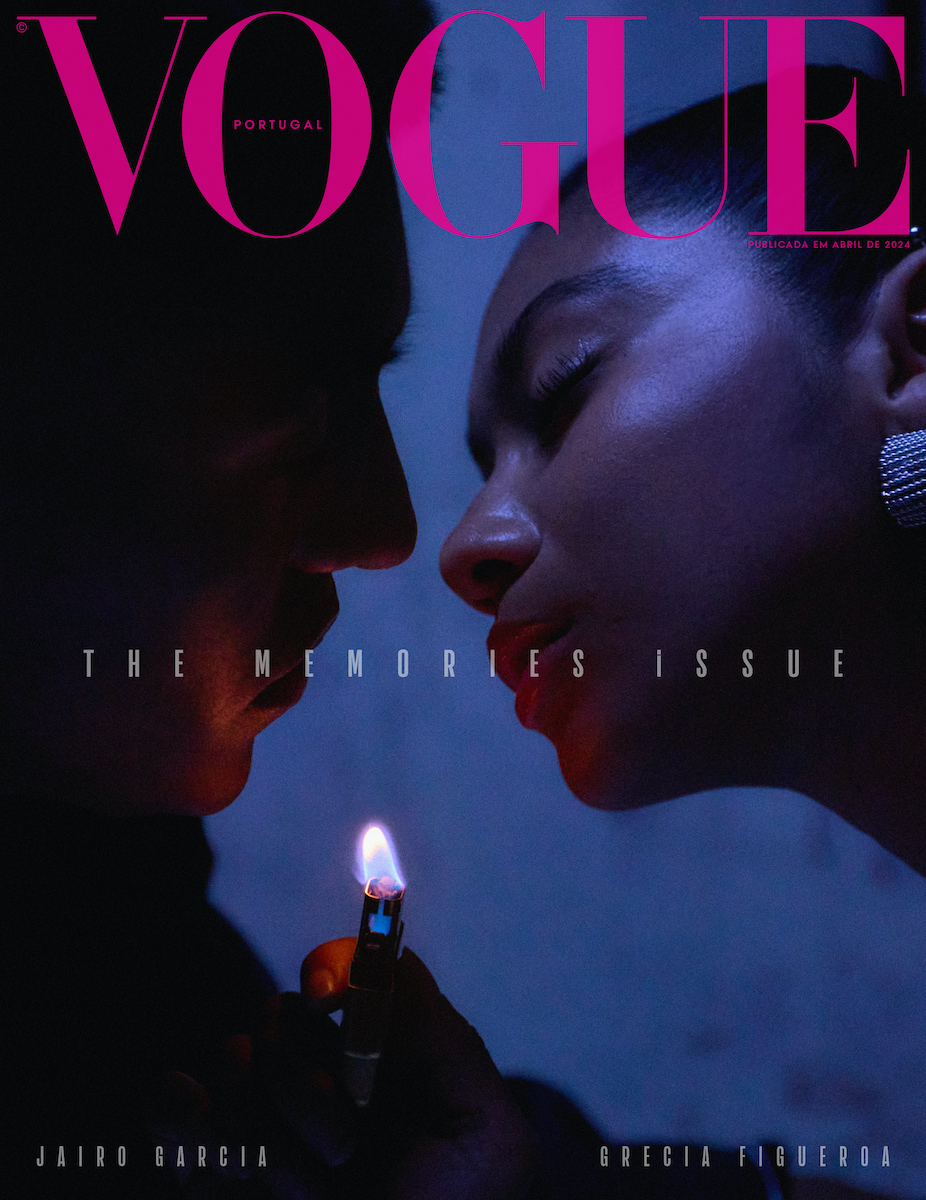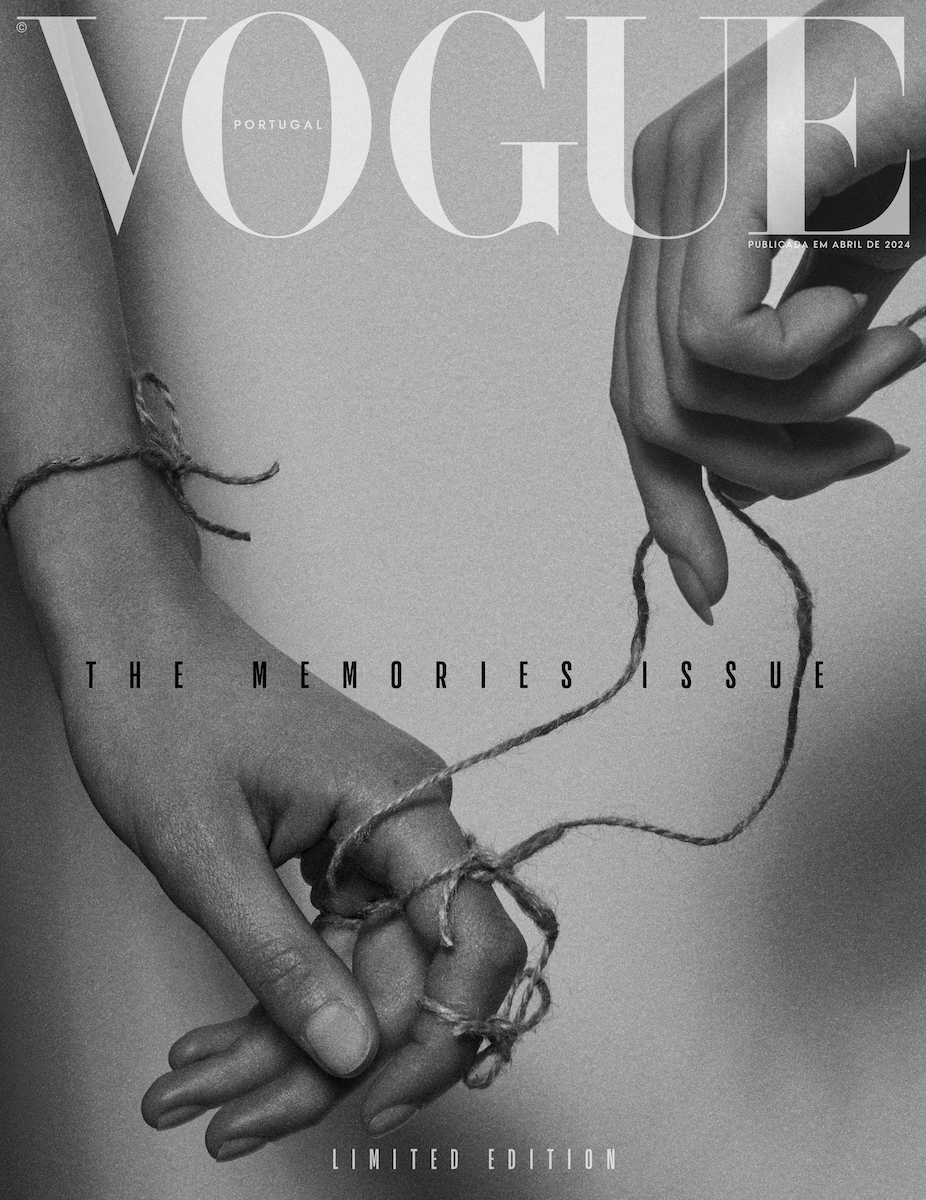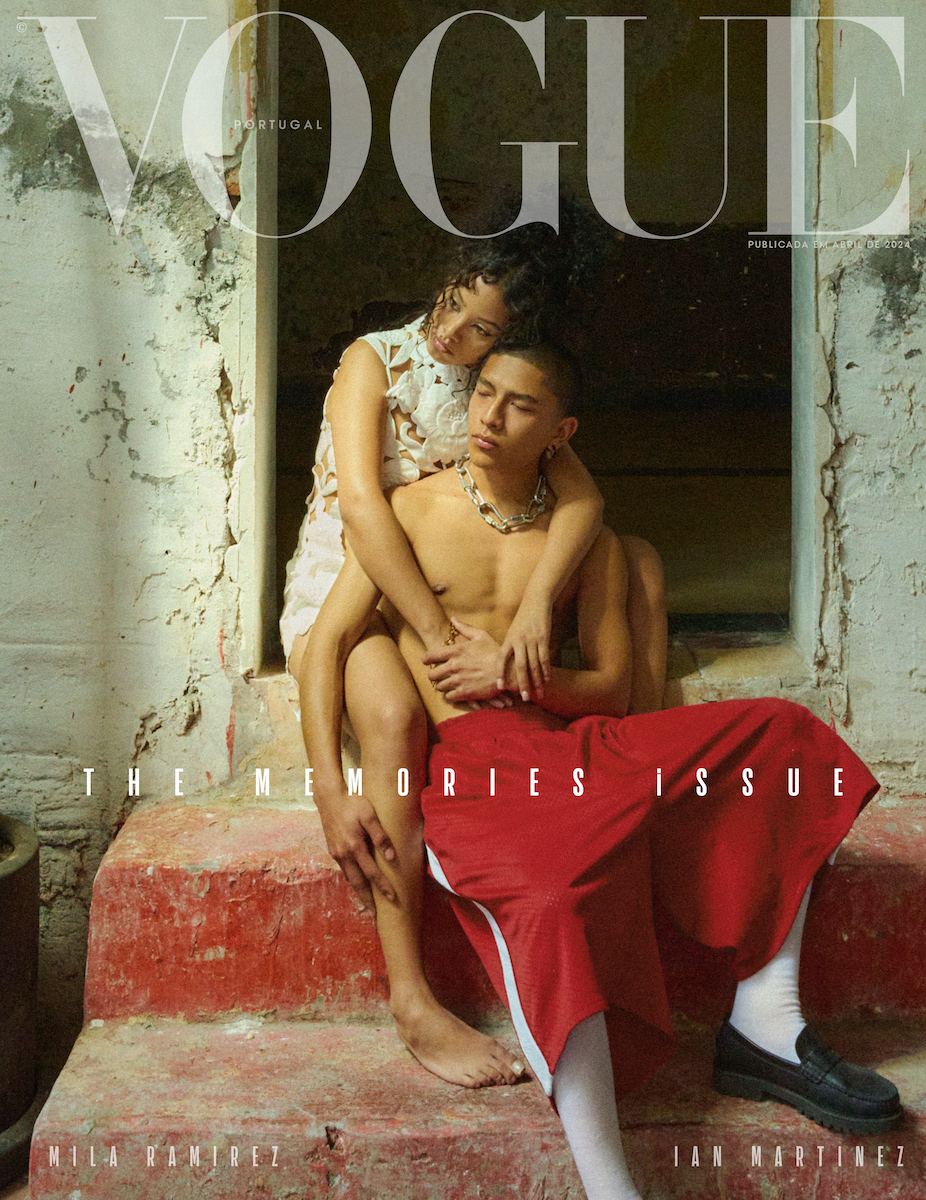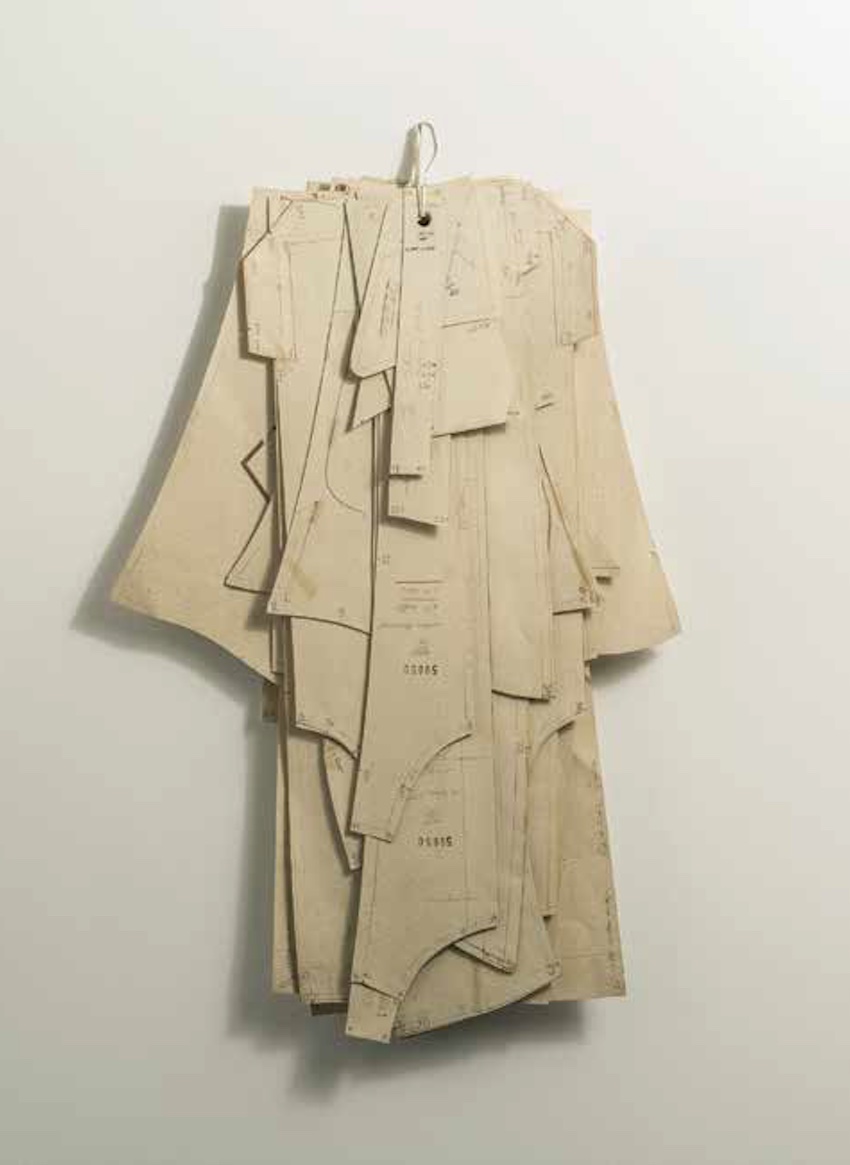© Benne Ochs / Getty Images
“Memory is never a precise duplicate of the original… it is a continuing act of creation” - Rosalind Cartwright
One of the most extraordinary things about human beings is that we weave our lives out of stories, based on sentimental memories, which in turn are interconnected with our physical environment: the relationships we create, the emotional maps we draw within the places we walk, the smell that transports us through space and time, what we wear… The clothes that protect us, those that amuse us, those that serve as a uniform, those that help us assert our identity, those that we wear because they remind us of someone - in all of them the stories of our lives are encoded. We all have a memory book that lives in the clothes we wear.

Jairo Garcia & Grecia Figueroa
Photography © An Le
A Vogue is also an album of memories, for all the stories that fashion tells and for the photographic art. Photography, which immortalizes a moment, seems to preserve our past and make it invulnerable to the distortions of memory. But photographs can also be the opposite, they supplant and corrupt the past, while creating their own reminiscences. I have often been surprised to realize that a childhood memory of mine is not a real memory but just the memory of an old photographic record, completed by my imagination.
It is as disconcerting as it is fascinating to realize that our brain only absorbs a fraction of the events and phenomena unfolding within and around us at any given moment. Our memory retains only a fraction of what we’ve seen in past moments. When remembering, we take these fragments of fragments and try to reconstruct from them the entirety of a reality that is remembered and partially imagined. As neuroscientist Antonio Damásio observed, “we often use our mind, not to discover facts, but to hide them”.

Naddié Kurgan & Hanna Nicole
Photography © Emily Soto
We do this on a personal level – from this selective memory and through such exquisite exclusion, we compose the narrative that is the pillar of our identity. We do it at a cultural level: what we call History is a collective, selective memory, which excludes many more realities from the past than it includes. Whatever my memories may be, they must have already been altered by the passage of time. I tend to agree with the theory that if we want to maintain an immaculate memory, we should not resort to it too often, for each time we revisit it we alter it irrevocably, remembering not the original impression left by the experience, but the last time we remembered her. To what extent our memory brings us closer or further away from the past, with all the small differences that we can add or remove from that real moment, we will never know, because the memory we keep, treacherous or not, will always be the present and true one.

Mila Ramirez & Ian Martinez
Photography © An Le
Over time, I learned to humbly accept whatever betrayals memory brings me. By distorting the information it is supposed to keep safe, the brain, to its credit, will often bow to some instinctive aesthetic wisdom, giving the events of our lives a symbolic coherence, logic, and elegance that is not present in the truth of some experienced events... after all, even unconsciously, we are always the directors of our own film. True, or truly false, at the end of the day, and of life, we are the sum of our memories.
I like to believe that memory ultimately resides in love, creation, and the life of each present day. The people we love most become a physical part of us, rooted in our synapses and the pathways where memories are created.
Originally published in The Memories Issue, from April 2024. Full stories and credits are in the print version.
Most popular


O que lhe reservam os astros para a semana de 30 de dezembro a 5 de janeiro
30 Dec 2025
.jpg)
Relacionados


.jpg)




